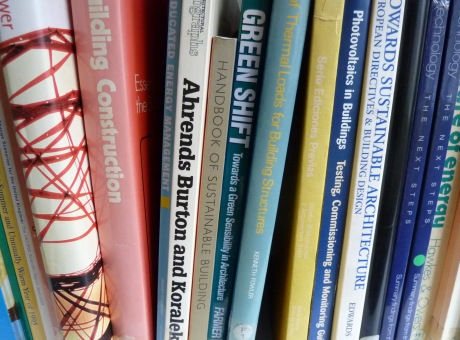Implementation Barriers to Low Carbon Shipping

10 September 2013
Numerous cost effective energy efficient options (technologies for new and existing ships and operations) have been identified for improving energy efficiency of ships or lowering their energy intensity. Analysis from industry leading experts and recognized bodies e.g. Faber et al. (2009), Bauhaug et al. (2009), IMO (2010), Det Norske Veritas (2009), has suggested substantial unrealised abatement potential using options that often appear to be cost-negative at current fuel prices. This paper concentrates on possible implementation barriers to lower the carbon intensity (including by lowering the energy intensity) of shipping using novel multidisciplinary methods. It draws on findings of a survey conducted of shipping companies, content analysis of shipping contracts and barriers modelling in the Global Transport Model (GloTraM). Initial results from these methods suggest the existence of some market barriers and failures that have also been discussed in other sectors and industries.
Implementation Barriers to Low Carbon Shipping.
Rehmatulla, N., Smith, T., Wrobel, P. (2013)
 Close
Close

